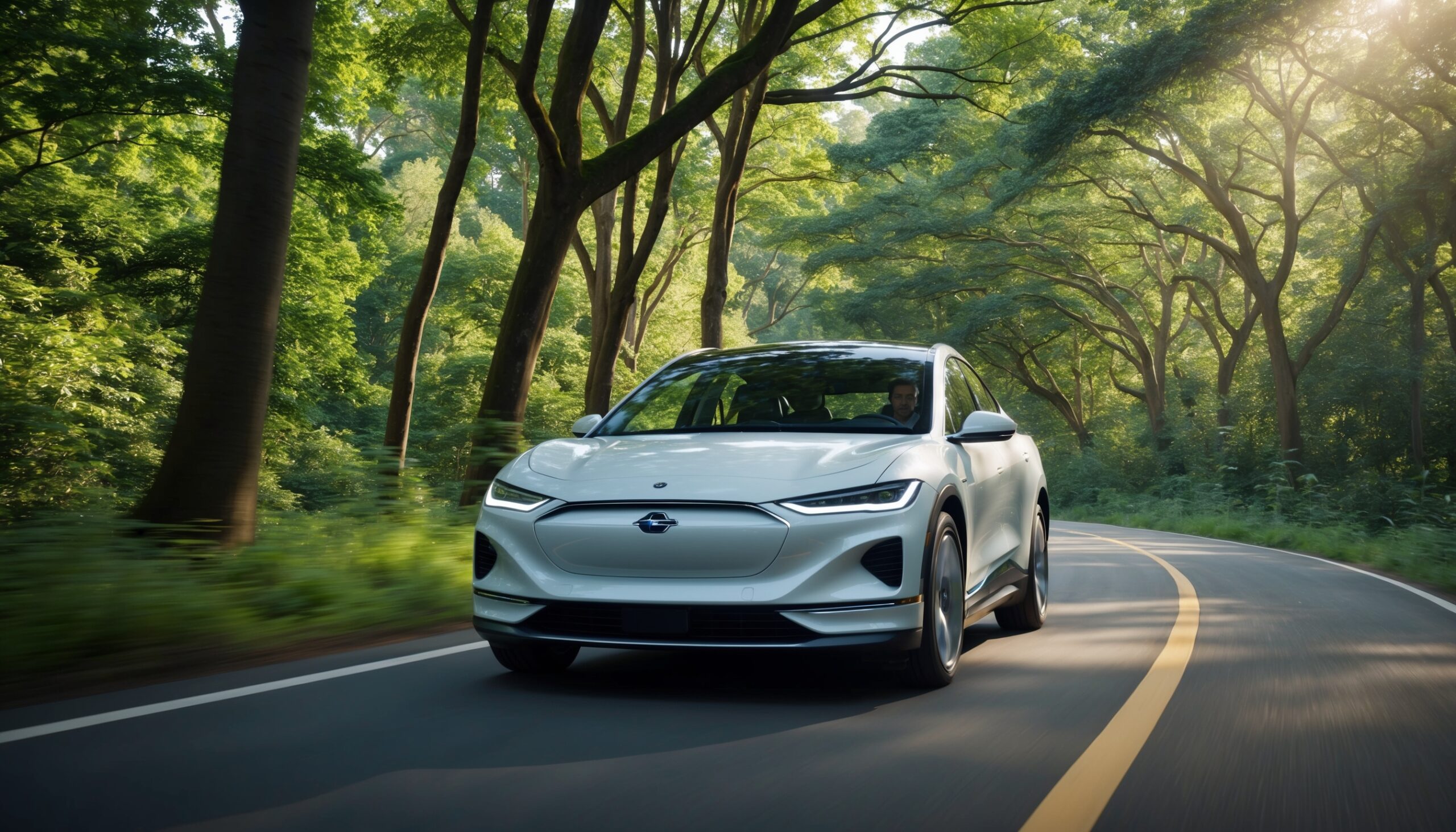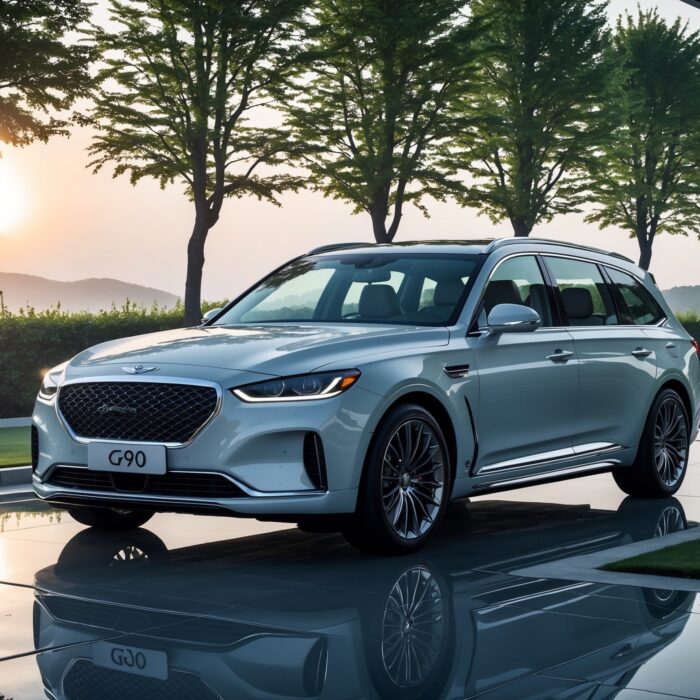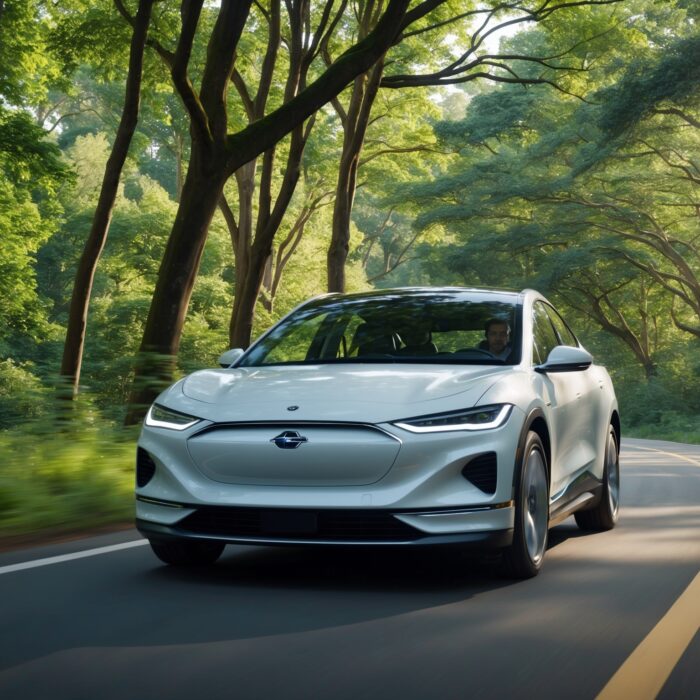The Global Tug-of-War for Battery Raw Materials: Lithium and Cobalt
As the world edges closer to a future dominated by electric vehicles (EVs), a fierce competition is brewing on the geopolitical stage—a tug-of-war for battery raw materials, particularly lithium and cobalt. Car enthusiasts and everyday drivers alike are becoming increasingly aware of the critical role these materials play in the EV revolution. At Torque Feed, we believe it’s essential to understand the nuances of this battle, not just for the sake of knowledge, but also for the implications it has on the automotive industry and our daily lives.
Why Lithium and Cobalt Matter
Before diving into the global competition for lithium and cobalt, it’s crucial to understand why these materials are so valuable. Both lithium and cobalt are essential components in lithium-ion batteries, which power most modern electric vehicles. As the demand for EVs skyrockets, so does the need for these raw materials.
The Role of Lithium
Lithium is often referred to as the “white gold” of the battery world. It has a high energy density, which means it can store a lot of energy in a relatively small space, making it perfect for use in electric vehicles. Its lightweight nature also contributes to higher efficiency and longer ranges for EVs, which is a major selling point for consumers.
The Importance of Cobalt
Cobalt, on the other hand, is essential for stabilizing lithium-ion batteries and improving their safety. While its demand is not as high as lithium, it plays a crucial role in ensuring that batteries can withstand high temperatures and maintain their performance over time. Unfortunately, cobalt mining has been fraught with ethical issues, particularly regarding labor practices in the Democratic Republic of the Congo (DRC), which produces more than 70% of the world’s cobalt.
The Global Landscape of Lithium and Cobalt Mining
The competition for lithium and cobalt is as fierce as the races on the track. Various countries and companies are vying for control over these precious resources, and the stakes couldn’t be higher. Let’s take a closer look at the major players in this global tug-of-war.
Key Players in Lithium Production
- Australia: Currently the largest producer of lithium, Australia has rich lithium deposits, particularly in Western Australia. The country has a well-established mining industry, which gives it a significant advantage in lithium production.
- Chile: Home to the famed Lithium Triangle, which includes parts of Argentina and Bolivia, Chile is another major player. The country’s lithium is primarily extracted from brine, making it a more sustainable option compared to hard rock mining.
- China: China not only produces lithium but also controls a significant portion of the global lithium refining industry. With its investments in lithium mines worldwide, China is positioning itself as a powerhouse in lithium production.
Cobalt’s Key Players
- Democratic Republic of the Congo (DRC): As the world’s leading cobalt producer, the DRC is undeniably a critical player in the cobalt market. However, ethical concerns over mining practices have led many companies to seek alternative sources.
- Russia: Russia has recently increased its cobalt production and is attempting to diversify its mining operations to capture a larger share of the market.
- Australia: Not just a lithium giant, Australia is also ramping up its cobalt production, making it a key player in the global cobalt supply chain.
The Geopolitical Implications
The competition for lithium and cobalt extends beyond mere economics; it’s a geopolitical chess game. Countries are forming alliances, imposing tariffs, and investing heavily in mining operations to secure their positions in this critical supply chain.
China’s Strategic Moves
China’s strategy has been particularly aggressive. The country is not only investing in domestic lithium and cobalt mining but is also securing supply chains through investments in mines across Africa and South America. By doing this, China aims to lessen its dependence on imports and ensure a steady flow of materials for its booming EV industry.
The U.S. Response
In response to China’s moves, the United States has ramped up its efforts to secure its own lithium and cobalt supplies. The Biden administration has made significant investments in domestic mining projects and has even proposed partnerships with allied nations to create a more resilient supply chain. This could prove crucial for American car manufacturers who are racing to produce more electric vehicles.
Environmental and Ethical Considerations
The race for lithium and cobalt is not without its challenges. Environmental concerns and ethical issues surrounding mining practices are front and center in this global competition. As car enthusiasts, we must consider what goes into the vehicles we cherish.
Environmental Impact
Mining operations, particularly for lithium, can have devastating effects on the environment. In regions like the Lithium Triangle, excessive water usage for lithium extraction can lead to water shortages for local communities and wildlife. Companies are increasingly under pressure to adopt more sustainable mining practices to mitigate these impacts.
Ethical Concerns in Cobalt Mining
The cobalt supply chain is riddled with ethical dilemmas. The majority of cobalt is sourced from the DRC, where mining practices often exploit local workers, including children. Car manufacturers and battery producers are facing mounting pressure from consumers and activists to ensure that their supply chains are free from human rights abuses. Many companies are now investing in technologies that can trace the origins of their cobalt to ensure ethical sourcing.
Also Read: Decarbonizing the Automotive Supply Chain: From Steel to Final Assembly
The Future of Lithium and Cobalt Supply Chains
As we look to the future, the demand for lithium and cobalt is only expected to grow. With projections suggesting that millions of electric vehicles will be on the road in the next decade, the question looms: will the supply meet the demand?
Recycling as a Solution
One promising avenue to alleviate the pressure on raw material supply chains is recycling. As EVs reach the end of their life cycles, recovering lithium and cobalt from used batteries could significantly reduce the need for new mining operations. This not only addresses supply concerns but also lessens the environmental impact associated with mining.
Innovation in Battery Technology
Another potential game-changer is the ongoing research into alternative battery technologies. Solid-state batteries, for instance, have the potential to reduce or even eliminate the need for cobalt while providing higher energy densities. If successful, this could radically alter the landscape of battery raw material demand.
What This Means for Car Enthusiasts
So, what does all this mean for car enthusiasts? Understanding the complexities of the battery raw material supply chain offers a more profound appreciation for the vehicles we love. It’s not just about horsepower or torque; it’s about the sustainability and ethical considerations behind the technology we embrace.
As electric vehicles become more mainstream, enthusiasts will inevitably find themselves advocating for not just performance and aesthetics, but also for the responsible sourcing of materials that go into their beloved rides. This awareness could drive demand for companies that prioritize sustainability, ultimately shaping the future of the automotive industry.
The Road Ahead
The global tug-of-war for lithium and cobalt is a fascinating saga that intertwines economics, geopolitics, and ethics. As we navigate this complex landscape, it’s essential for car enthusiasts and everyday consumers alike to stay informed. The choices we make today will shape the automotive world of tomorrow.
Also Read: Decarbonizing the Automotive Supply Chain: From Steel to Final Assembly
At Torque Feed, we’re committed to bringing you the latest insights into the automotive industry, including the intricacies of battery raw materials. Understanding these aspects not only enhances our appreciation for the vehicles on the road but also empowers us to make informed choices that align with our values. So, buckle up and stay tuned for more exciting developments in the automotive realm!












